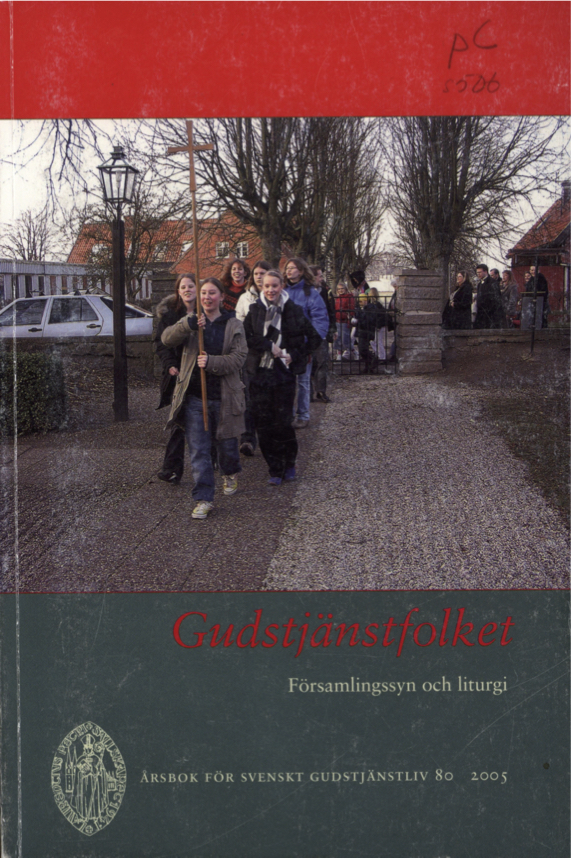Från liturgisk enhetlighet till försöksverksamhet - Diskussionen om »handbokstroheten» i Svenska kyrkan
Abstract
The aim of this study is to elucidate the liturgical alteration in the Church of Sweden from strict uniformity according to the Canon Law in the early 1900’s, up to the liturgical experiments and freedom of today.
In the Service books of 1811, 1894, 1917 and 1942 the priest and the congregation were pledged to conform to all the texts and rubrics. In their pastoral letters the bishops described any deviation from the Service book as self-indulgent and pure arbitrariness. When the high church movement came, some nonliturgically minded priests strove in vain to retain the national uniformity, also in peripheral details, in all parts of the country.
During the period of preparation of the Service book of 1986, the official committee arranged a period of official liturgical experiments and alter native orders. Parallel with this, and influenced by the liturgical and pastoral renewal in the Roman Catholic Church after Vaticanum II, some of the Swedish dioceses under the guidance of the bishop made alternative liturgical orders. This was also done by the Swedish Church Union. As early as the General Assembly of the World Council of Churches in Uppsala in 1968, communion services with other texts than the official ones were held in the Church of Sweden. The time of liturgical pluralism had come.
The Service book of 1986 has a very great number of variations and opportunities to use free variations.
Downloads
Publicerad
Nummer
Sektion
Licens
© författarna, Laurentius Petri Sällskapet för svenskt gudstjänstliv samt Artos & Norma bokförlag. Det är tillåtet att kopiera och använda material ur Svenskt Gudstjänstliv för forskningsändamål om källan anges. För övriga ändamål kontakta respektive artikelförfattare samt förlaget. Särskilda restriktioner kan gälla för bildmaterial.


